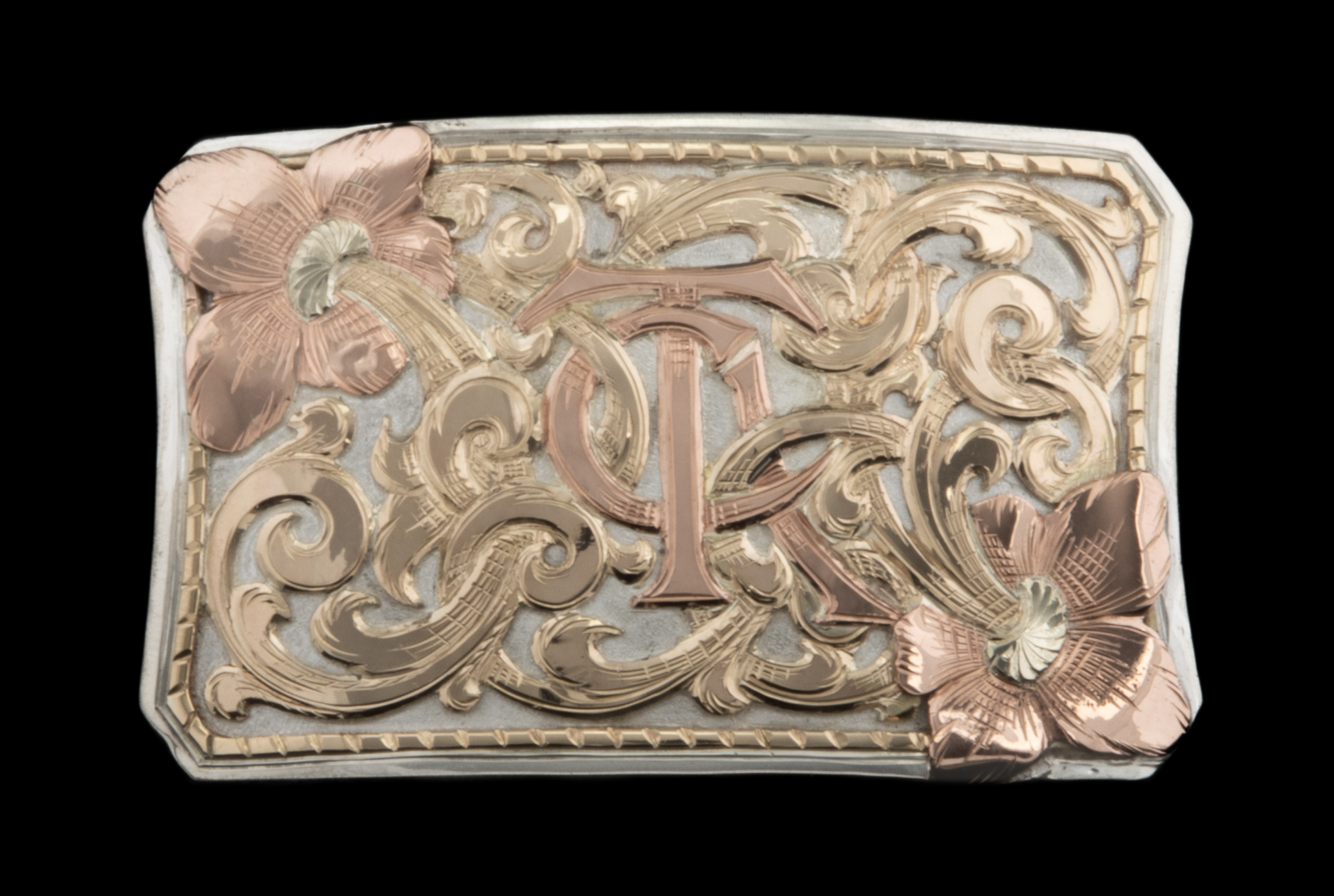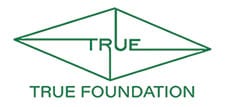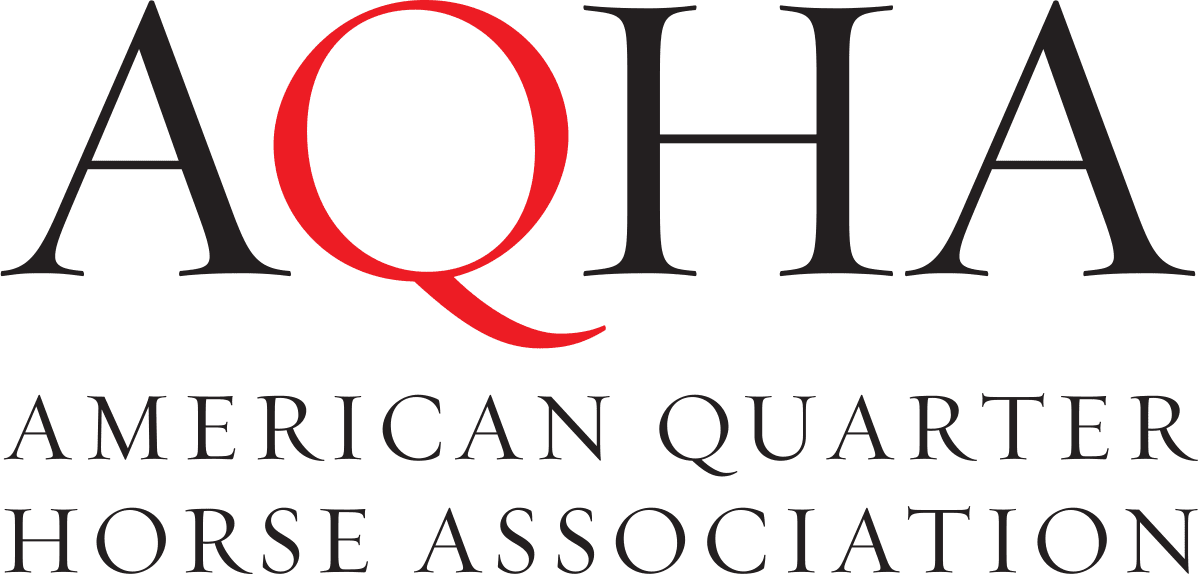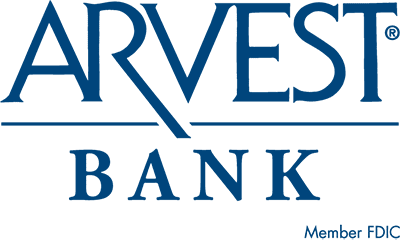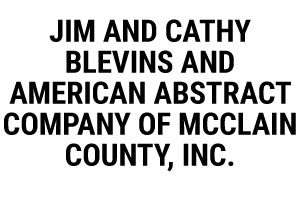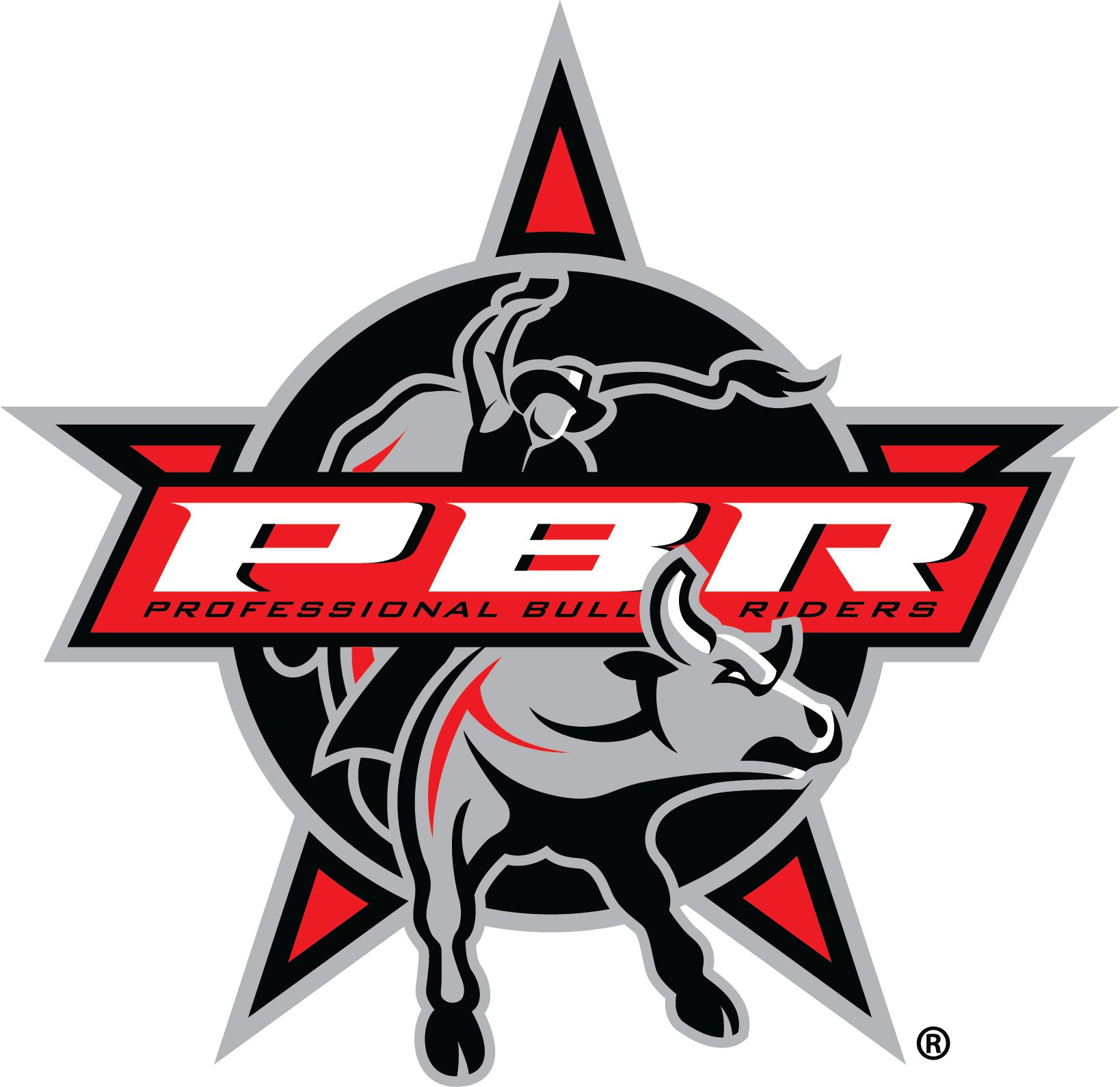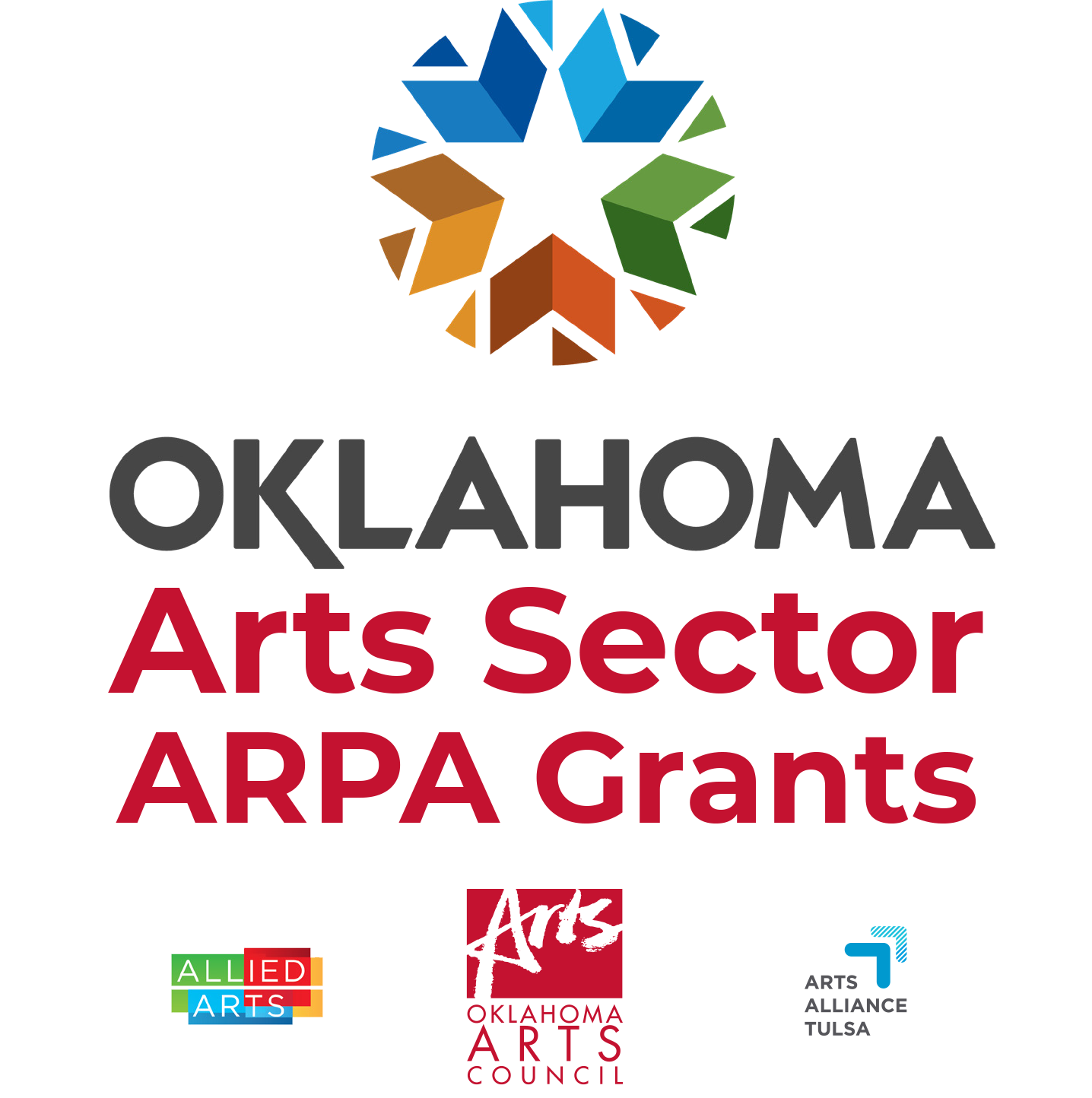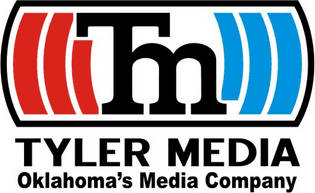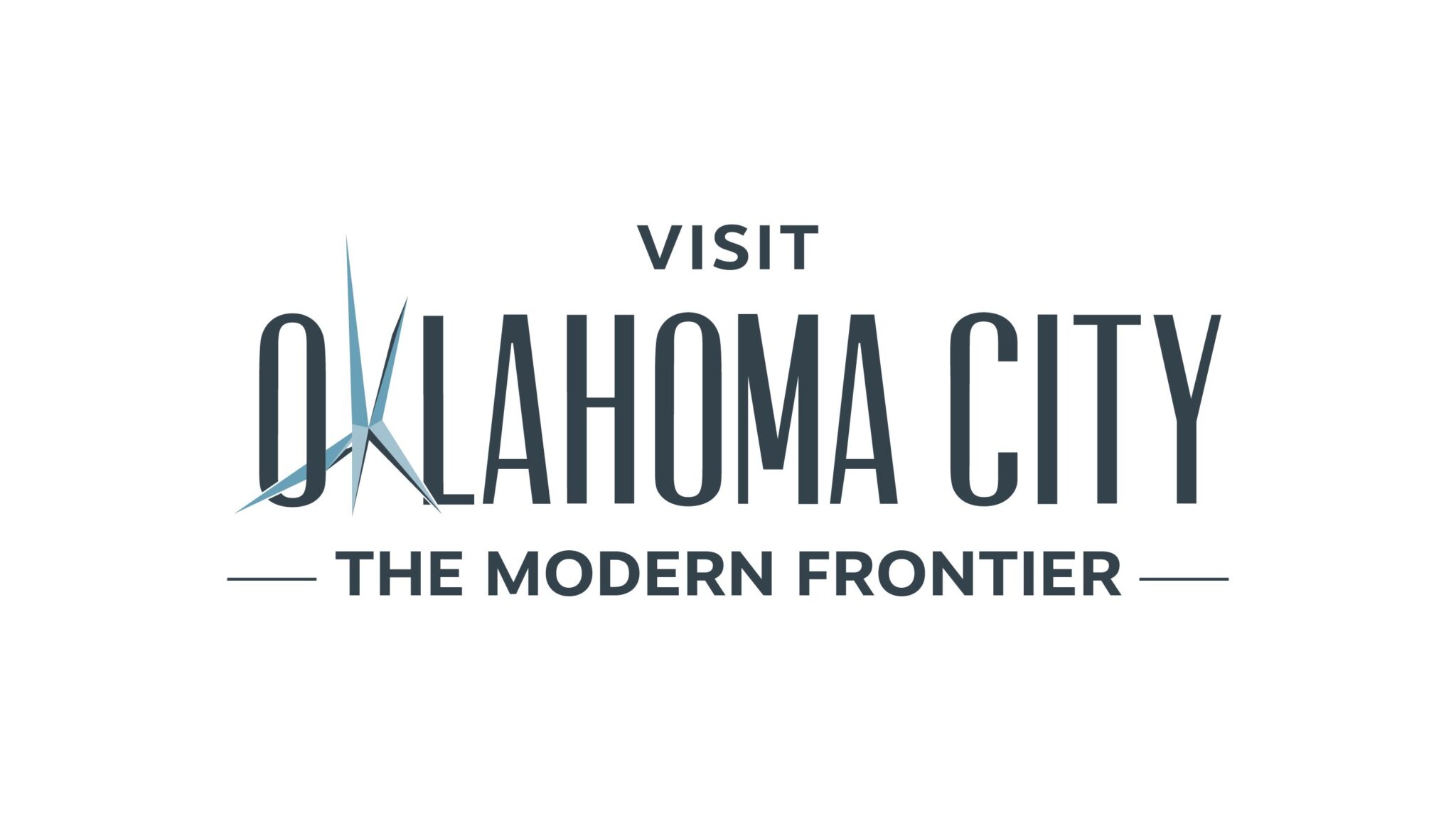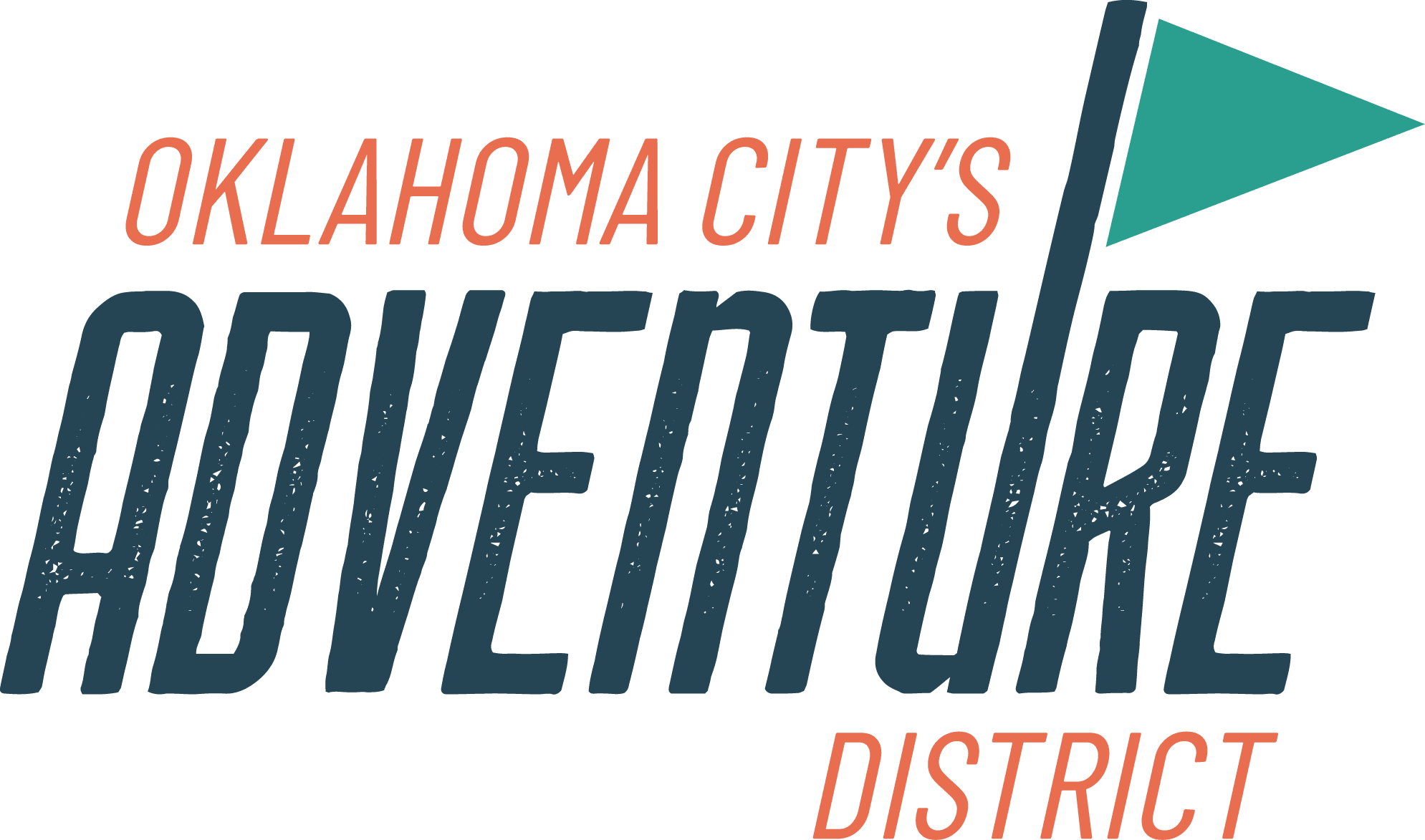The Traditional Cowboy Arts Association is a prestigious group of craftsmen who create one-of-a-kind works of cowboy art. They focus on four main disciplines: saddlemaking, bits and spurs, silversmithing, and rawhide braiding. The history of this organization is cool and today we’re going to dive deeper into their story.
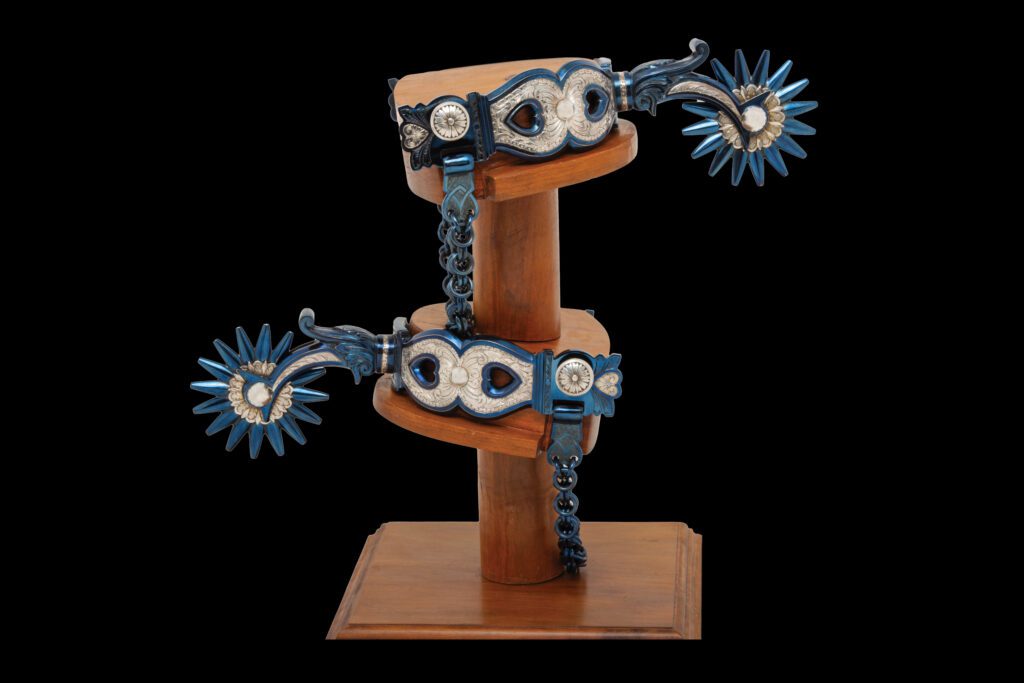
History of TCAA
The idea of having a professional organization for Western craftsmen began in the 1980s, but nothing was formally organized for several more years. In early 1998, several Western craftsmen met to discuss the future of the disciplines they cherished so much. Their goal was to ensure the continuation of their crafts for many years to come and to inspire young artists. The men founded the Traditional Cowboy Arts Association. The name was decided by the flip of a coin because the founding members were split between two names.
By mid-1998, the group knew they needed a place to put their pieces on exhibition. They met with Don Reeves, the curator of cowboy culture and Dr. Bobby Weaver, the assistant director at the National Cowboy Hall of Fame in Oklahoma City. They decided to host a show there in the fall of the following year during the grand opening of The Cowboy’s renovation. The National Cowboy Hall of Fame was set to open a 140,000 square-foot expansion that encompasses the current Special Events Center (SEC) in September 1999.
Excited by the news, the first full membership meeting was called for January 1999 in Elko, Nevada. They met at the local Denny’s during the annual Poetry Gathering. The Cowboy Artists of America supported the formation of this organization and let them borrow language and ideas from their bylaws.
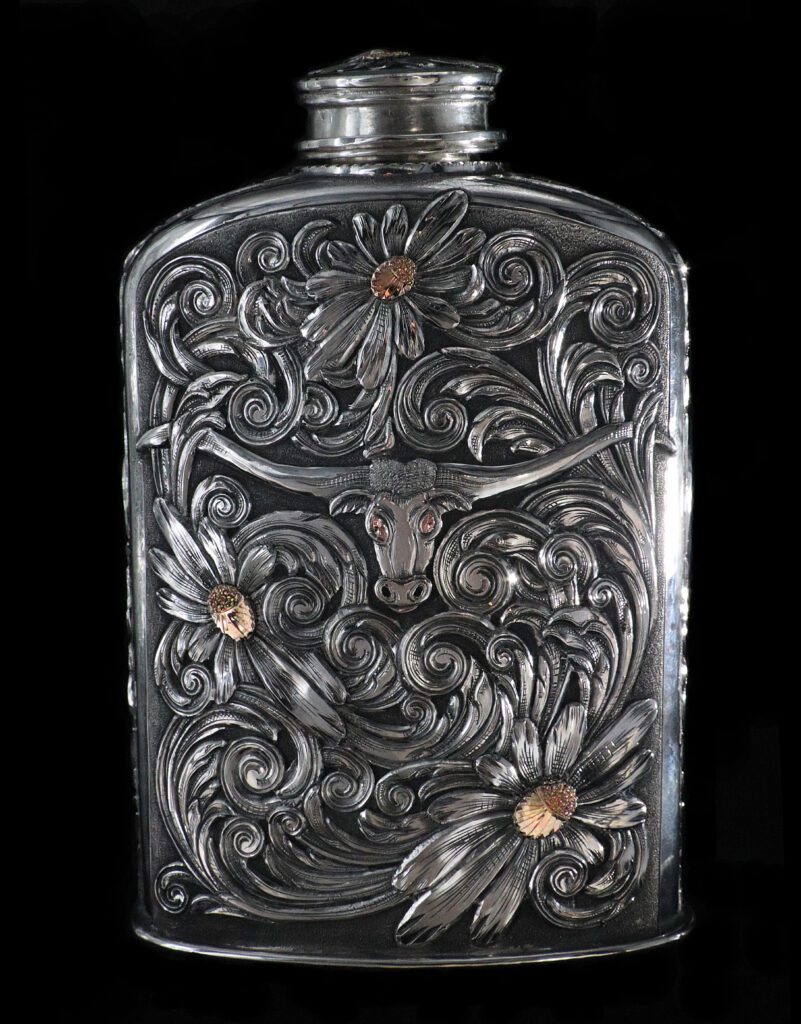
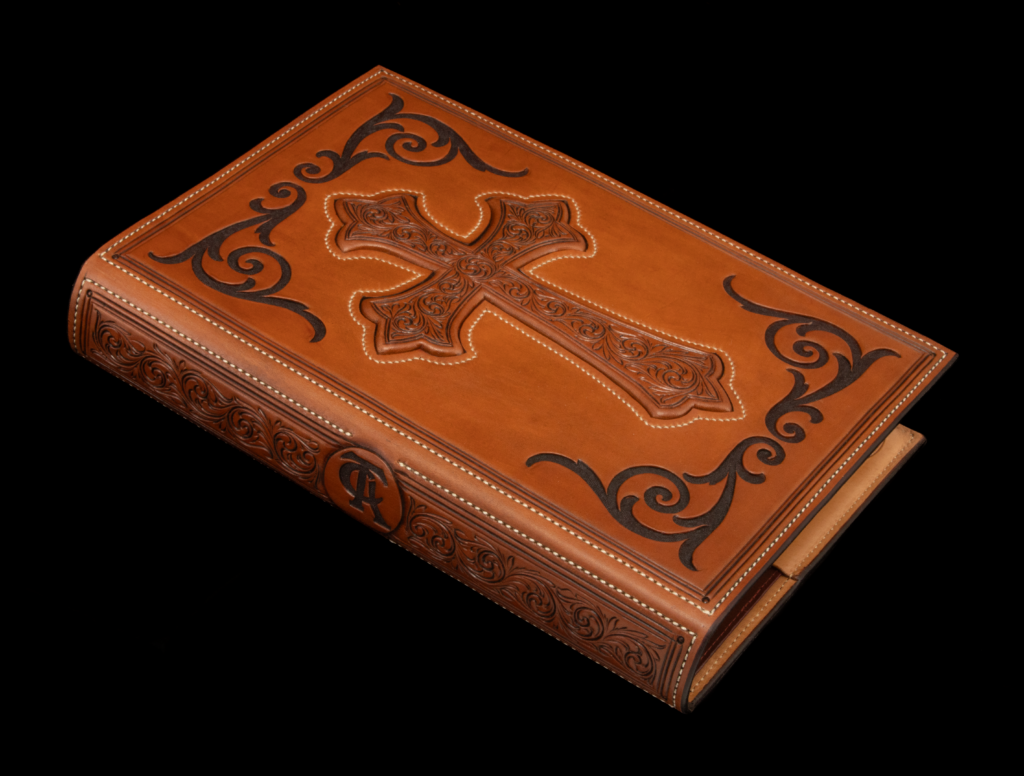
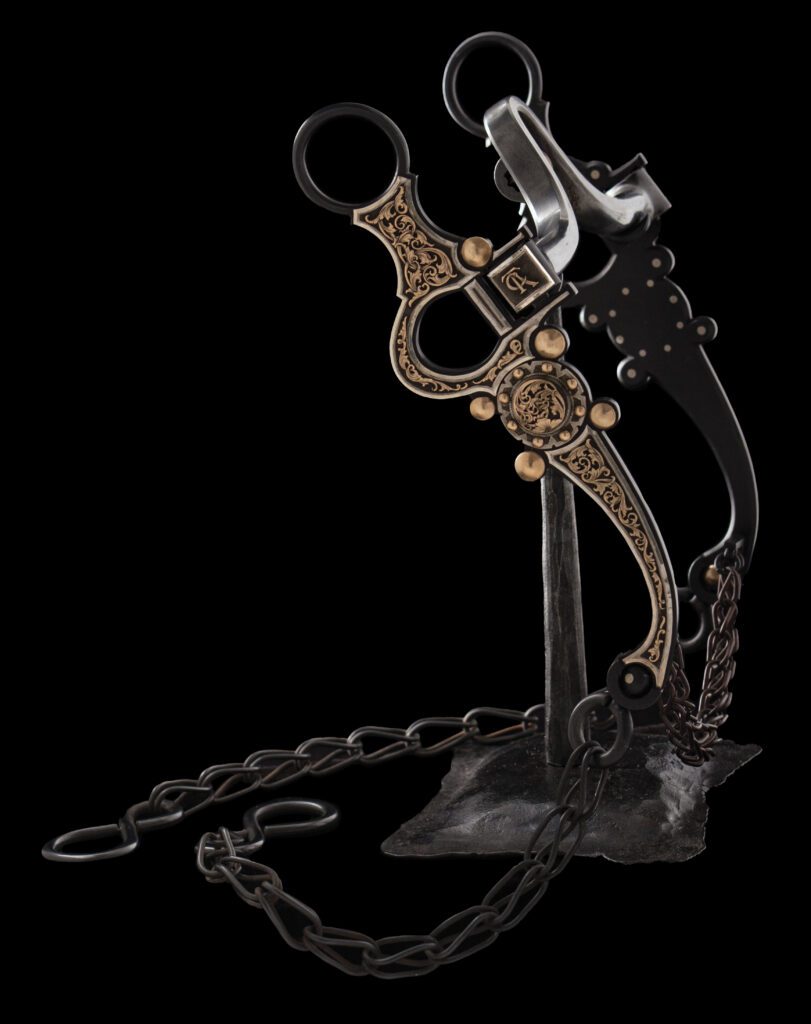
First TCAA Exhibition & Sale
The first Traditional Cowboy Arts Association exhibition and sale was held in the Eldridge Gallery at the National Cowboy & Western Heritage Museum. There were 30 pieces of the finest examples of Western craftsmanship that told a storied history of the West through intricate designs and details. It has been said that “the exhibition was a jewel-box display of functional art.” (Mangum, 6) The pieces were not only beautiful, but they were actually functional as well. Not that you would want to use something that looked that pretty!
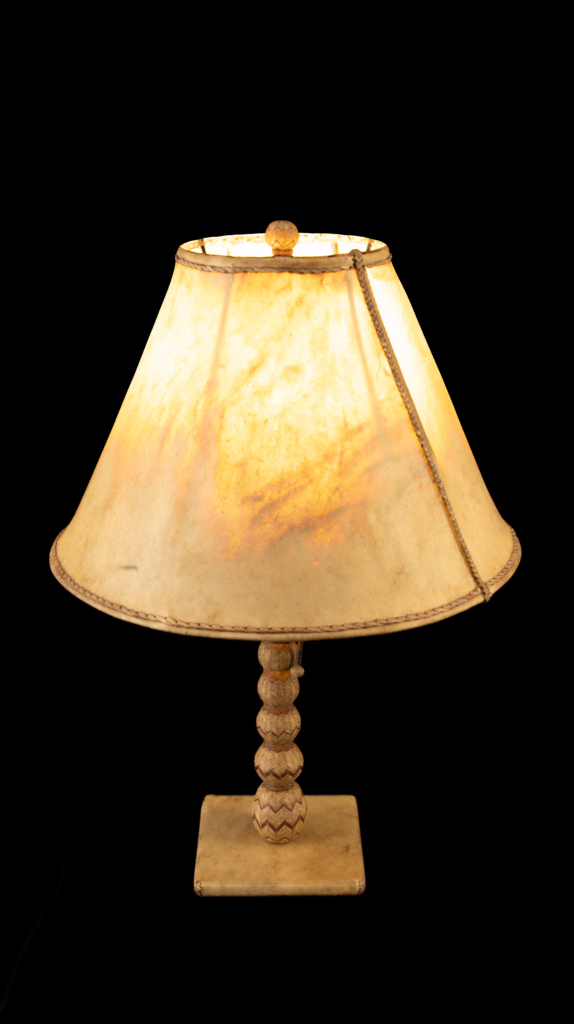
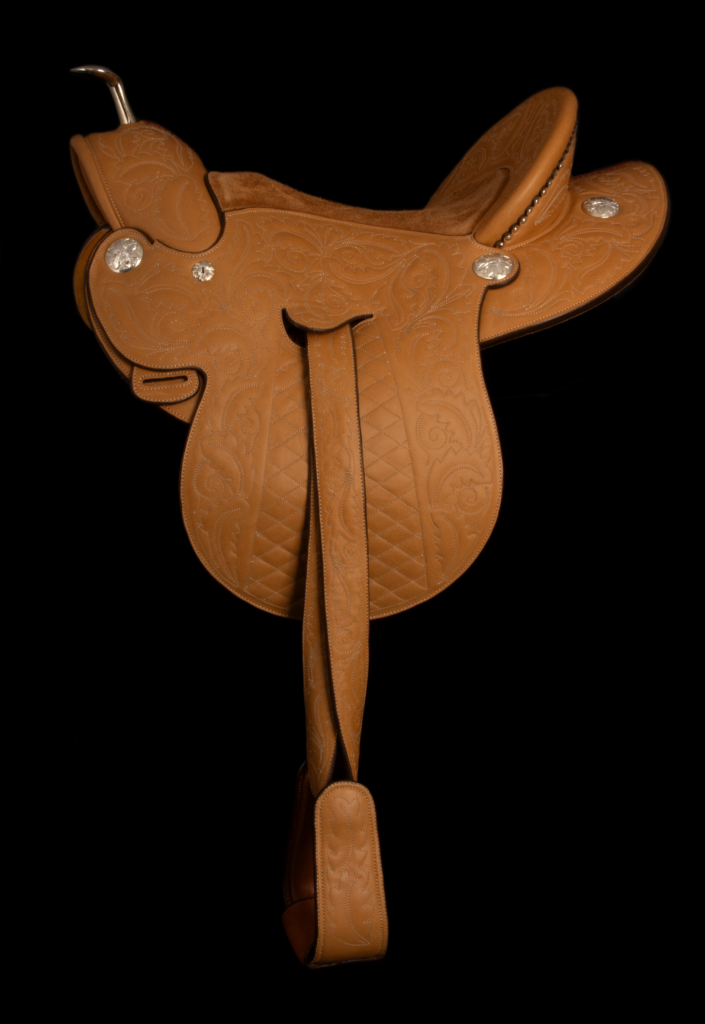
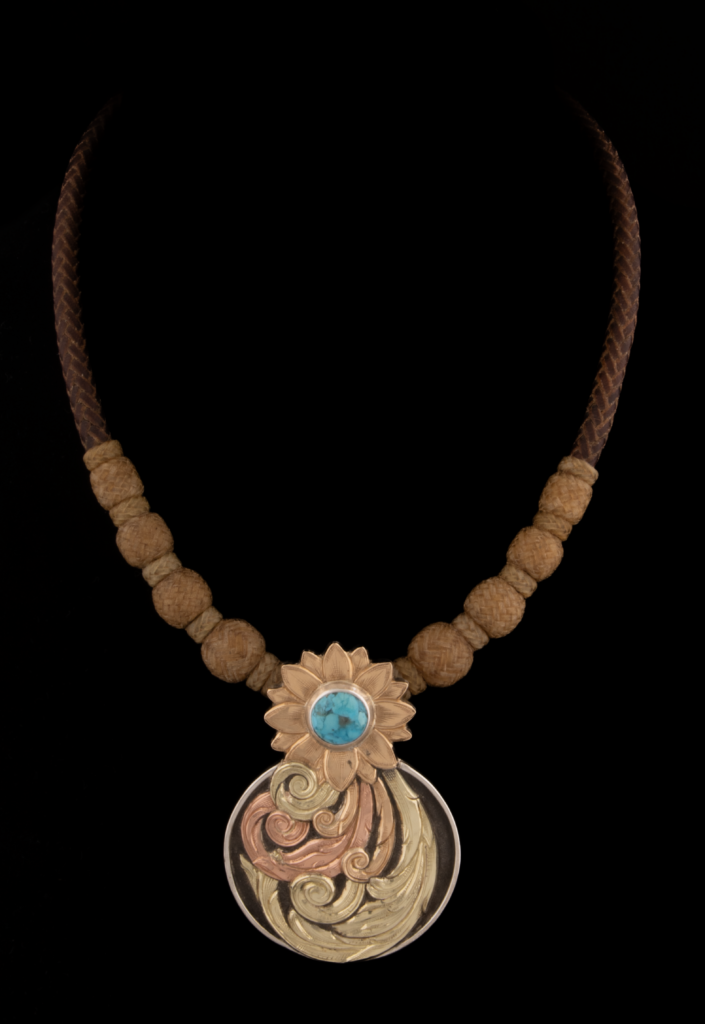

Patronage
Often, the market for the TCAA Exhibition & Sale is collectors of Western heritage who believe in and support the ideals in which the West was founded upon. The collectors view the pieces as heirlooms which can be passed down to future generations.
Collectors purchase items that tell a story. The origin story “would forever set their purchase apart from like items, a narrative that would include a human factor, tangible evidence of a maker’s hands, creative choices, and design efforts.” (Mangum, 208) Each piece is so unique, and the craftsmanship cannot be matched by other artists. The TCAA artists understand their role in the preservation of the Western story and how they can challenge the medium through which history is told.
By working together, the collectors and the artists are actively preserving the long-standing traditions of Western heritage. The TCAA artists can speak with artists, academics, cowboy and collectors never missing a beat. They move fluidly within these circles of influence. (Mangum, 209)
TCAA Today
The TCAA desires to create opportunities for men and women to learn and fine-tune their skills in the four trades. Members often help up and coming craftsmen. “That’s at the core of our mission: helping people, helping the culture, helping people find a degree of success in these arts,” Cary Schwarz said. (Mangum, 260)
The organization has opened new opportunities for up-and-coming makers to receive feedback from the TCAA members. They host workshops, grant fellowships and financial assistance, and host an annual Emerging Artists Competition. Beau Compton became the first fellowship recipient to be voted in as a TCAA member in 2016. These opportunities allow makers to expand their professional networks and form relationships with other makers. “In spite of all that their organization has achieved, TCAA members still see their journey as one in progress, on in which new territories can always be discovered.” (Mangum, 211)
Concluding Thoughts
We enjoyed learning about the history of the Traditional Cowboy Arts Association. We can’t wait to see all the 2023 pieces when they are place on exhibition in October!
Online catalog for the 2023 Traditional Cowboy Arts Association Exhibition and Sale
Here’s a sneak peek of a few pieces that will be available!
If you’re interested in learning more about TCAA, check out these books from Persimmon Hill!
2022 Traditional Cowboy Arts Association Exhibition Catalog
2021 Traditional Cowboy Arts Association Exhibition Catalog
2019 Traditional Cowboy Arts Association Exhibition Catalog
Sources
A.J. Mangum, Cowboy Renaissance: The Traditional Cowboy Arts Association (Canada: Traditional Cowboy Arts Association, 2018).
